How to delete downloads on Mac: How I reclaimed gigabytes without lifting a finger
I know Macs are machines with a generous amount of space on them, but occasionally there’ve been times when I’ve looked at mine and thought: “I need to do a proper clear out!” One of the best ways to do this is by checking the downloads folder on your Mac to see what can be gotten rid of.
In my guide today, I’ll tell you how to delete downloads on Mac and free up space (so you can fill it up again!)
Before you click delete, read on…
How to delete downloads on Mac
So, that’s how to do it in a nutshell — I’ll take you through how to remove downloads from Mac in a bit more detail.
Manually delete downloads from Finder
Here’s a quick guide to manually deleting downloads from Finder.
Do this:
- Open Finder and go to the Downloads folder.
- Select the desired files.
- Press Command + Delete, or drag files to the Trash.
- You can then choose to permanently delete them by emptying the Trash.
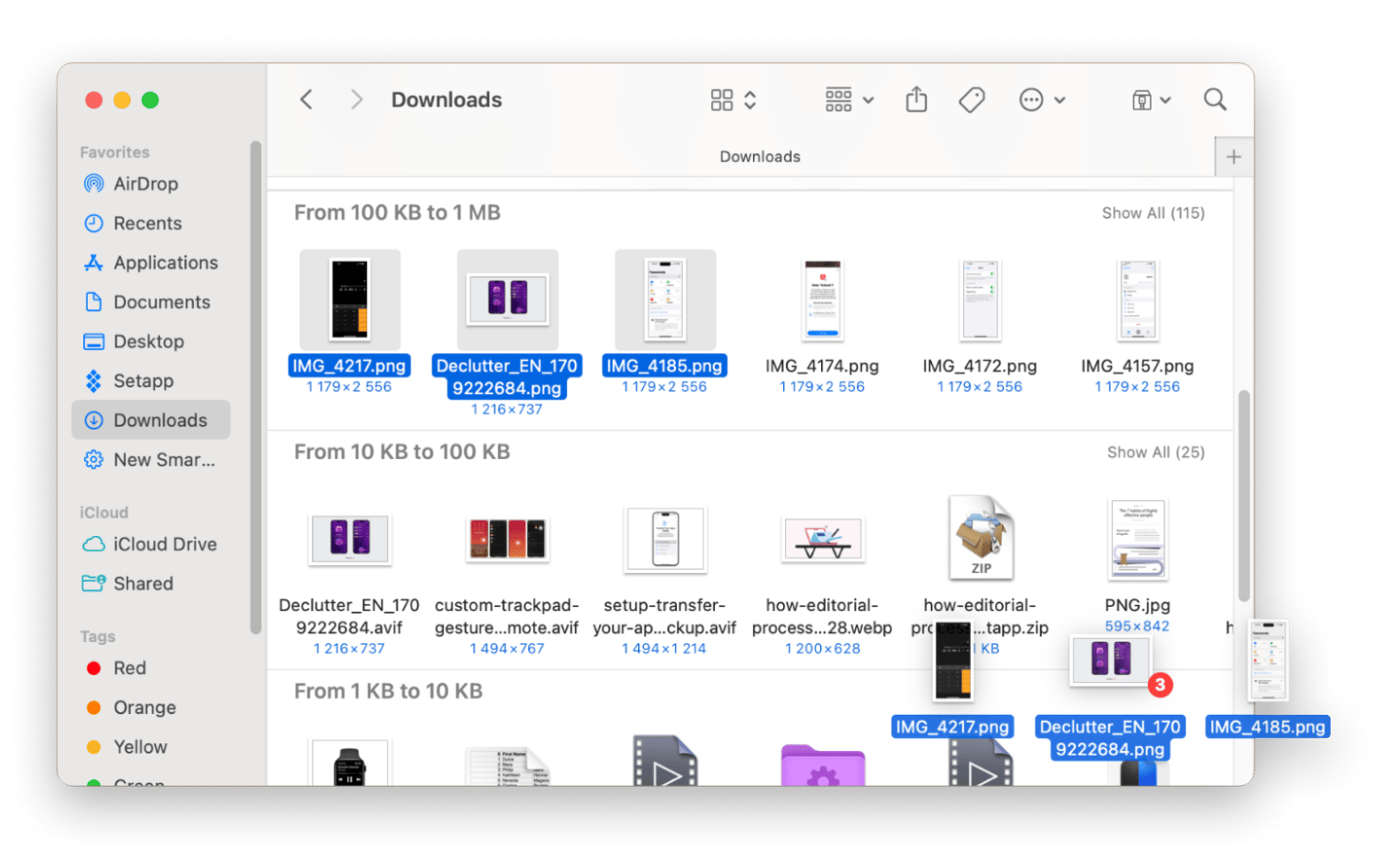
Empty the Trash to free up space
How often do you go into your Trash can to either look at it or empty it? I’ll admit it’s not something I do that often, but here’s how to empty it to free up disk space:
- Find the Trash icon in the Dock on the bottom right-hand corner.
- Open it. It’ll show you all the deleted files you’ve moved there.
- Simply check through it and when you’re ready to get rid of everything, click Empty in the top right-hand corner.
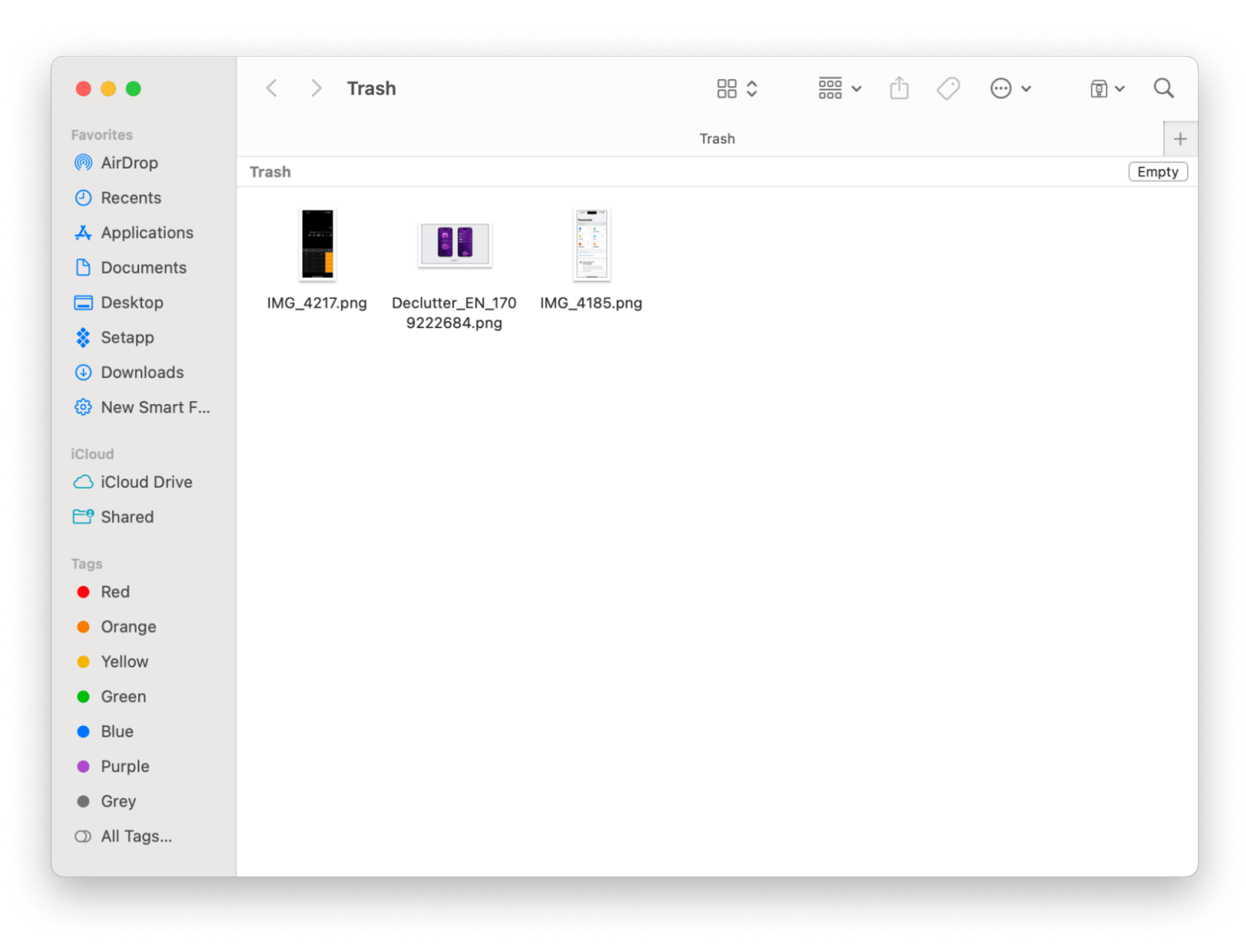
In case you deleted something important, here’s a quick guide on how to recover deleted files on a Mac.
Where to find downloaded files on Mac
When you want to clear downloads on a Mac, you’ll need to know where to find all your downloaded files. Here’s how to do it.
The default Downloads folder
Most files are stored in the Downloads folder, and I’ve already shown you how to find it (and how to delete a download on Mac from there). However, apps such as Safari (Chrome) or Mail also store downloaded files in them.
To find downloads on Chrome:
- Open Chrome.
- Press Option + Command + L or click the three dots at the top of the screen on the right-hand side > Downloads
- Choose the file you want to open.
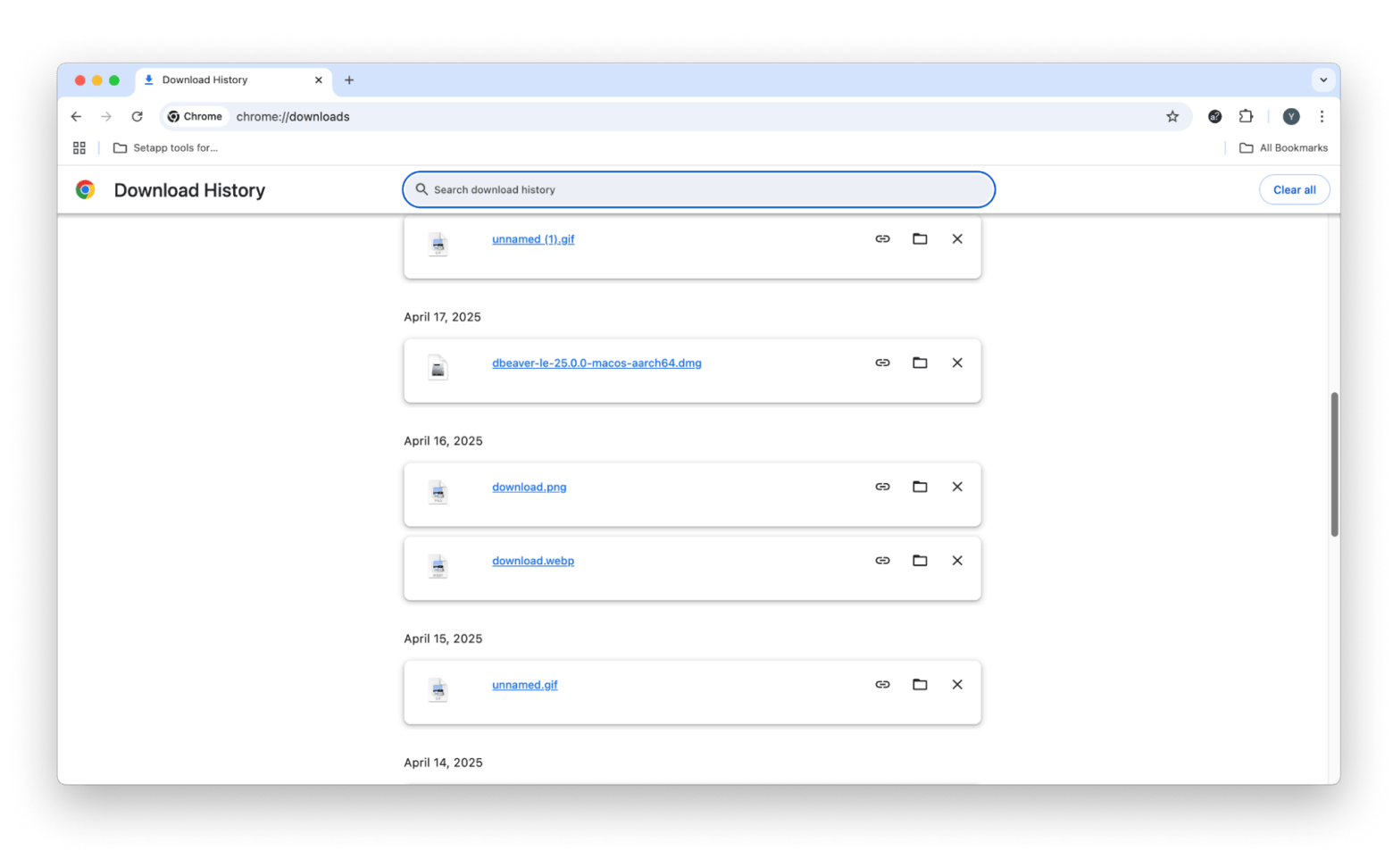
To find downloads on Safari:
- Open Safari on your Mac.
- Press Option + Command + L or click the download icon next to the URL bar (once you download something)
- A downloads window will appear, and from there, you can find the file you’re looking for.
- Click on the magnifying glass to open it in Finder.
Other places where downloads may be stored
Just when you think I’ve covered them all… I think there are three other places to look for:
- Desktop.
- Check your Cloud storage (iCloud, Dropbox, Google Drive).
- Third-party app download locations (e.g., Zoom, Slack, Telegram).
How to delete large and old files
What if you have tons of large or old downloads? How do you get rid of those? One foolproof way is to clean them up using Finder.
Here’s how to delete downloads on Mac using Finder:
Go to Finder.
Click Downloads.
Click View > Group By and choose Size or Date Added.
Click and drag files to Trash.

Alternatively, you can use an app like CleanMyMac that thoroughly scans any folder to find large files that you can review and delete.
To delete downloads on your Mac with CleanMyMac:
Install and open CleanMyMac.
Click My Clutter.
Choose the location scan.
Click Scan.
Click Review All Files.
Select large and old files, then click Remove.
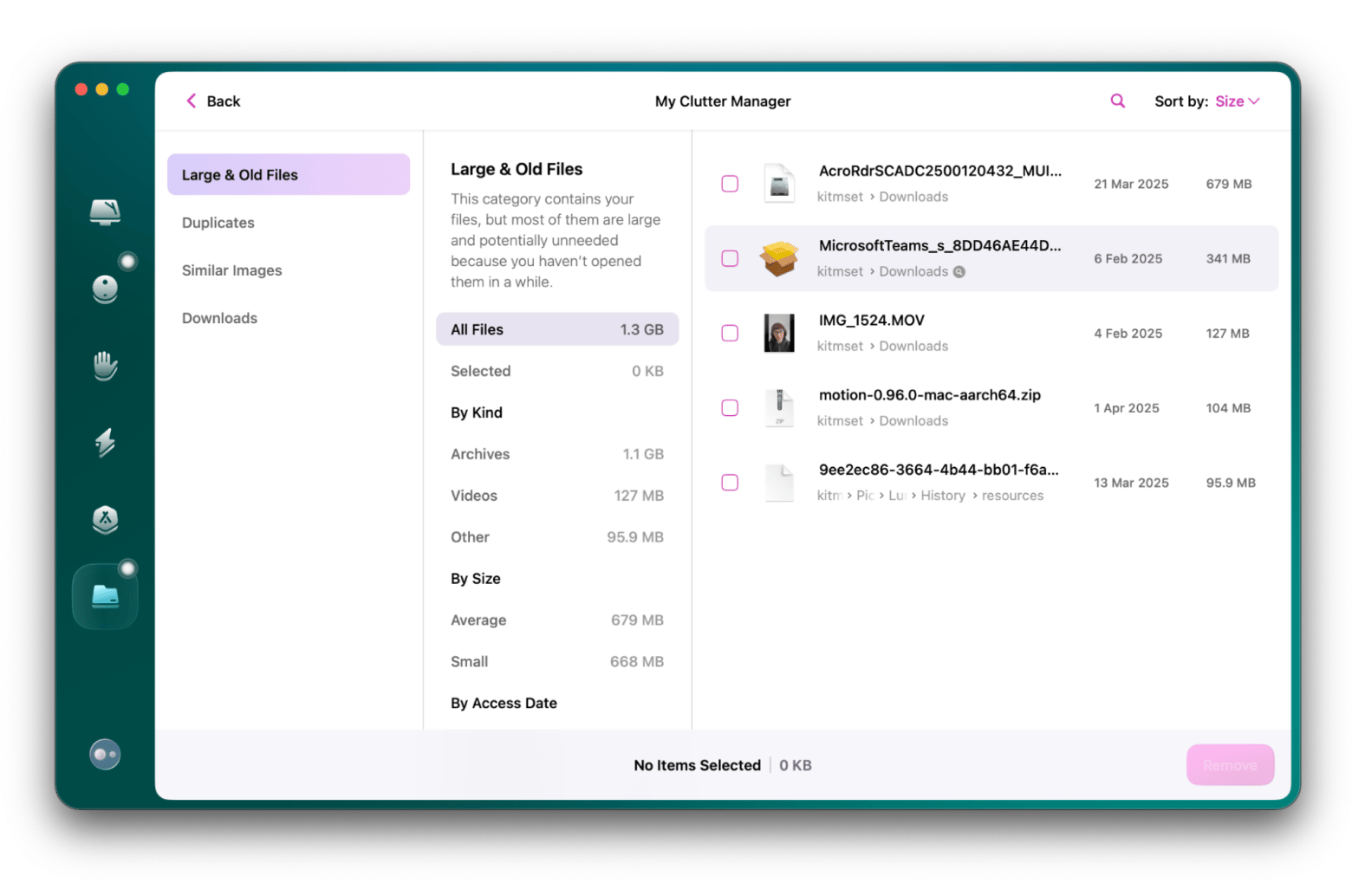
Remove traces of what you've downloaded
After deleting your downloads, it’s also a good idea to remove traces of the downloads from your browser.
To remove your browser history on Chrome:
Open Chrome.
Click History in the menu bar > History > Show Full History.
Click Delete browsing data.
Select what you want to clear and the duration.
Click Delete data.
If you’d like to add some more privacy to your online activities, you can adjust cookies and tracker settings at Chrome > Settings > Privacy and Security.

To delete browsing data from Safari:
Open Safari.
Click History in the menu bar > Clear History.
Choose the time range and click Clear History.
You can also manage cookies, block cross-site tracking, and review website data by going to Safari > Settings (in the top menu bar) > Privacy. These features are part of Apple’s stronger privacy protections for Macs using Monterey and later. You can use them to adjust how apps can track your downloads or browsing.
Besides the built-in browser options, you can also use CleanMyMac’s Protection to clear all cached data, browsing history, and cookies across browsers in a single click.
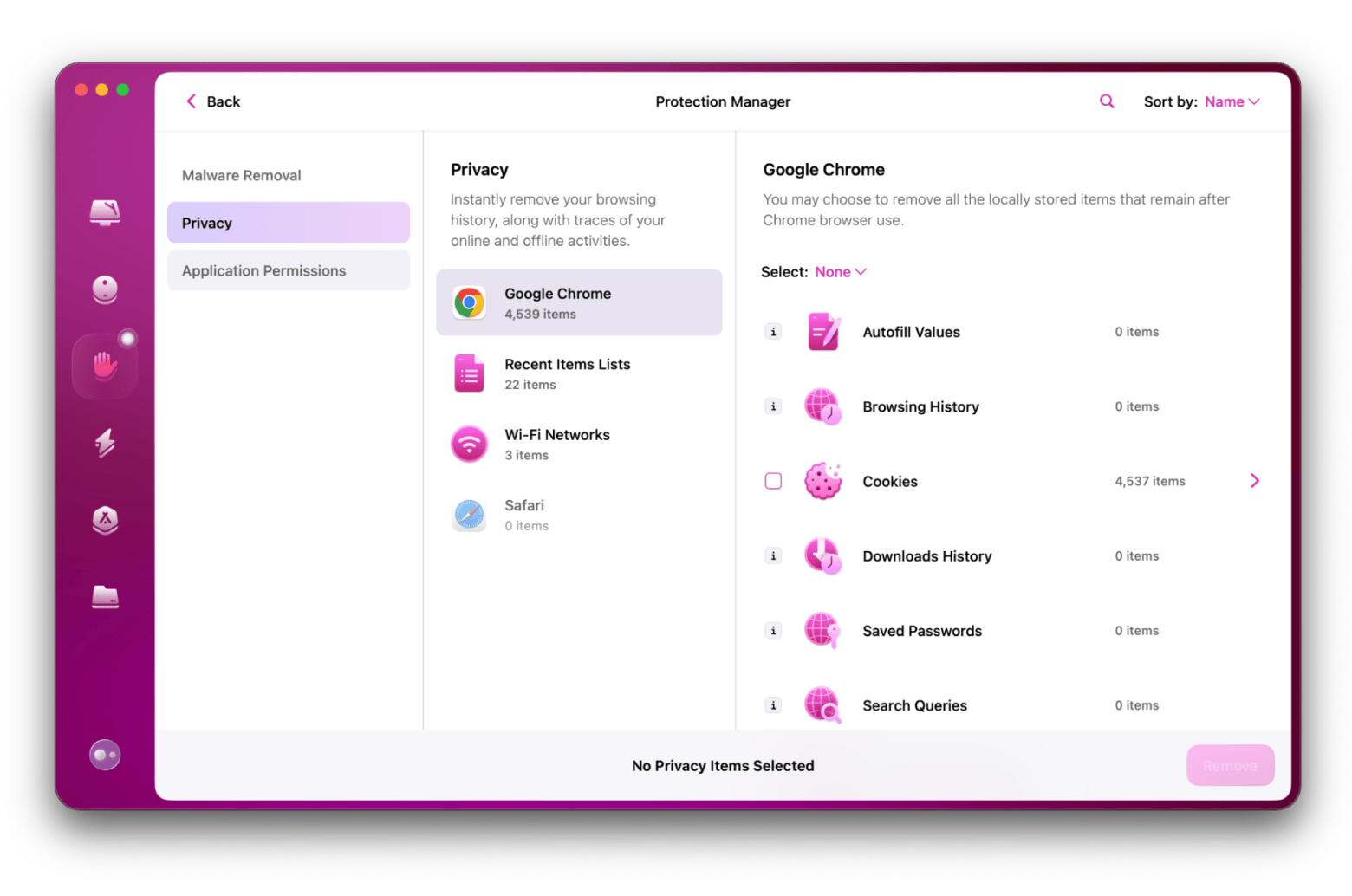
Also, check out the most effective ways how to delete recent files and search history on Mac.
Why you should delete downloads on Mac
First of all, I’ll start with a bit of an explainer as to why you should delete downloads on Mac. I reckon there are three main reasons:
- Free up storage space.
- Improve system performance.
- Reduce clutter and organize files.
Sometimes, you might just want to have a good declutter and ensure there’s nothing on your machine that’s taking up unnecessary space.
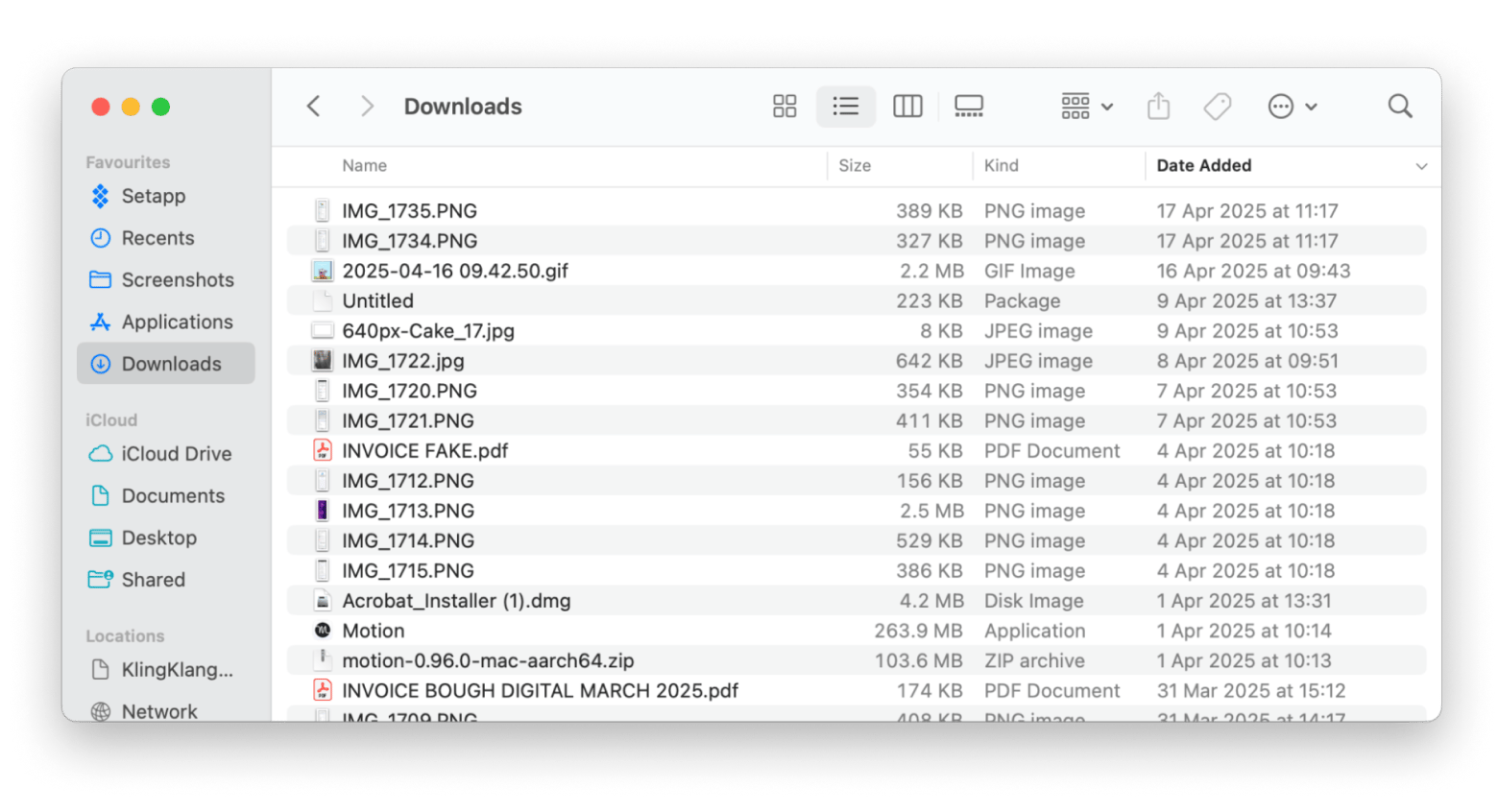
The final word on deleting downloads from your Mac
Hopefully, today I’ve shown you how simple it is to get rid of all the unnecessary downloads on your Mac. Adding in excellent tools like Default Folder X, Gemini, CleanMyMac, and Path Finder makes it even easier.
All the apps above and 250+ more are available for free via Setapp under a single subscription plan. Sign up for a free 7-day trial and see what else you can discover!
FAQ
How do I select all Downloads and delete them on a Mac?
To select all Downloads and delete them on a Mac, press Command + A. Then, press Command + Delete to delete all files at once.
How do I easily delete downloads on my Mac?
To easily delete files on your Mac, use CleanMyMac to quickly scan your Mac and remove unnecessary files with one click.
How to delete downloads on Mac without a mouse?
To delete downloads on the Mac without a mouse, press Command + Delete.





